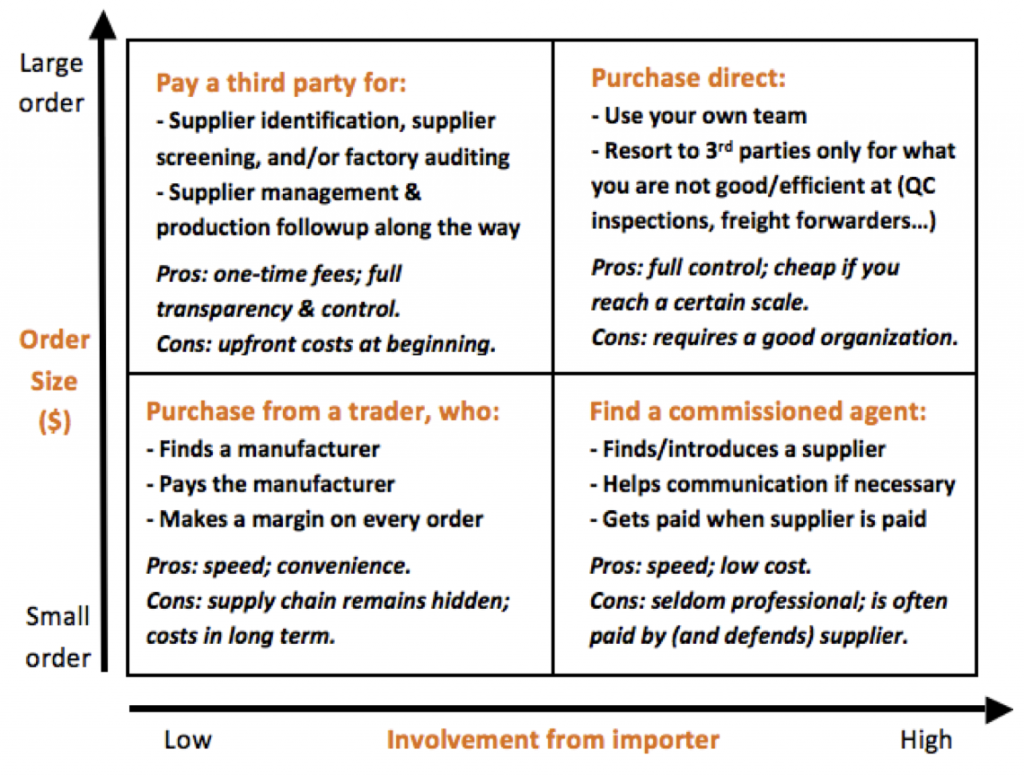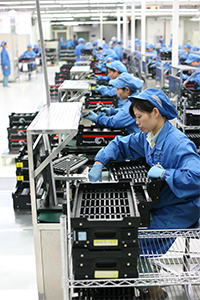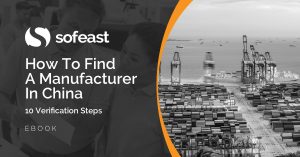A few years ago I wrote a 15-part course that was sent automatically, lesson by lesson, to interested readers. These days, such autoresponders are a thing of the past and we will switch to something different. But, rather than ditching these courses, I will update them a bit and publish them, one at a time. They are still quite relevant to new buyers.
—
If you are new to sourcing from China, your first decision will be: should I manage this by myself?
If your team can’t dedicate 1-3 hours a day (per supplier) to follow what happens in China, you might need help from a sourcing agency that can handle these tasks:
- Identifying new suppliers that can make your products at the right price and quality levels;
- Helping develop new products/styles with these suppliers;
- On-going management of the supplier relationships (communication, quality control, shipments follow-up, crises if any).
You actually have 4 options:
1. Purchase direct
This is what 80% of importers try to do. They want to control the whole process and avoid paying commissions to any middleman or agent.
If you are organized enough to manage suppliers (as you will learn in the next emails of this series), and if you can satisfy the minimum order quantities (MOQs) of suppliers, this is probably the best option for you.
2. Use a commissioned agent
Thousands of individuals in China are trying to make a living by providing this service. If they are from the right industry, you can use their network and save a lot of time. They can also act as your in-country representative.
Unfortunately, over 90% of them get a hidden commission from the factory. This is “normal business” in China. As a result, when things go wrong, they often tend to defend the factory!
Dan Harris has a similar view of most agents:
I often describe China sourcing agents with the following: “Ninety percent are crooks or incompetents and most are both of these things. But ten percent are worth more than their weight in gold.”
3. Purchase from a trading company
This is a good option if you cannot satisfy the MOQs. A trading company can place production in a smaller workshop that accepts small orders. Aside from this particular situation, I don’t advise to work with a middleman.
I wrote about some downsides of working with a trading company before.
4. Use a service company
Some agents provide a service and charge a fee. Everything is transparent (supplier names, the process followed, etc…). It will be an investment for your company before production starts, but it is a good option if you forecast large orders down the road.
Such agents used to be very rare but I am sure it will become more and more common. The best ones tend to work like a procurement office and to be well organized.
 Qualifying an agent
Qualifying an agent
Here are a few questions to ask sourcing agents before you engage one:
- How will they get paid, and by whom?
- Will you be able to visit the factories before/during production?
- Can they provide referrals or testimonials from satisfied customers who are using his services and who buy the same type of product as you? Make sure to contact two of them and get confirmations.
- Do they do quality inspections by themselves? Or do they resort to a specialized third-party? Will you get a report every time?
- Will you get an update every week on the production status?
- Can they share their management system with you? You need to make sure they have processes in place. The vast majority of agents don’t follow any established procedures.
- What guarantee do they offer in case a supplier scams you? If shipments are behind schedule? And if you receive junk product in your warehouse?
- Are they located in the area where your products will be sourced? (Do a quick search on globalsources.com and you will have an idea about the main area for your product category.)
- If you keep re-ordering the same products from the same sources, will you pay less for his services after the first order?
>> Move on to the next post in this series. Read it here: Sourcing from China 101, Part 2: How to Identify Potential Suppliers? <<
—
Image source: https://commons.wikimedia.org/wiki/File:Seagate_Wuxi_China_Factory_Tour.jpg
Are you trying to find a manufacturer in China who is well-suited to your needs and can also deliver on their promises?
Sofeast has developed 10 verification steps to help importers find the right manufacturing partner in China. They’re shared in this FREE eBook: “How To Find A Manufacturer In China: 10 Verification Steps.”
It covers:
- Background checks
- Manufacturing capabilities
- Quality system auditing
- Engineering resources
- Pricing, negotiation, & contracts
- …and much, much more
Just hit the button below to get your copy and put yourself in a great position to get better results from Chinese manufacturers who supply your products:



